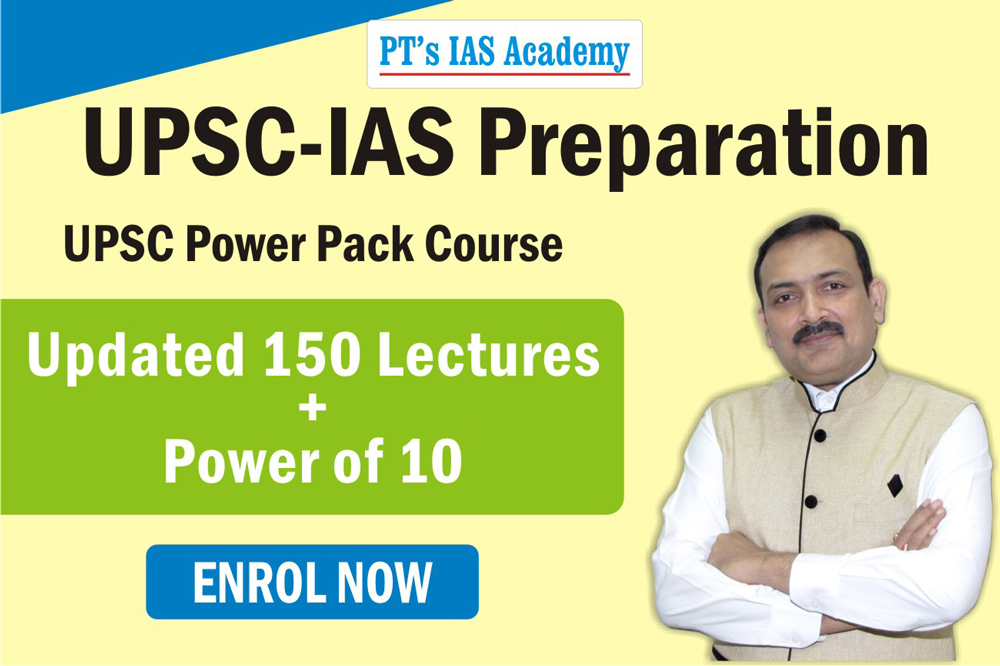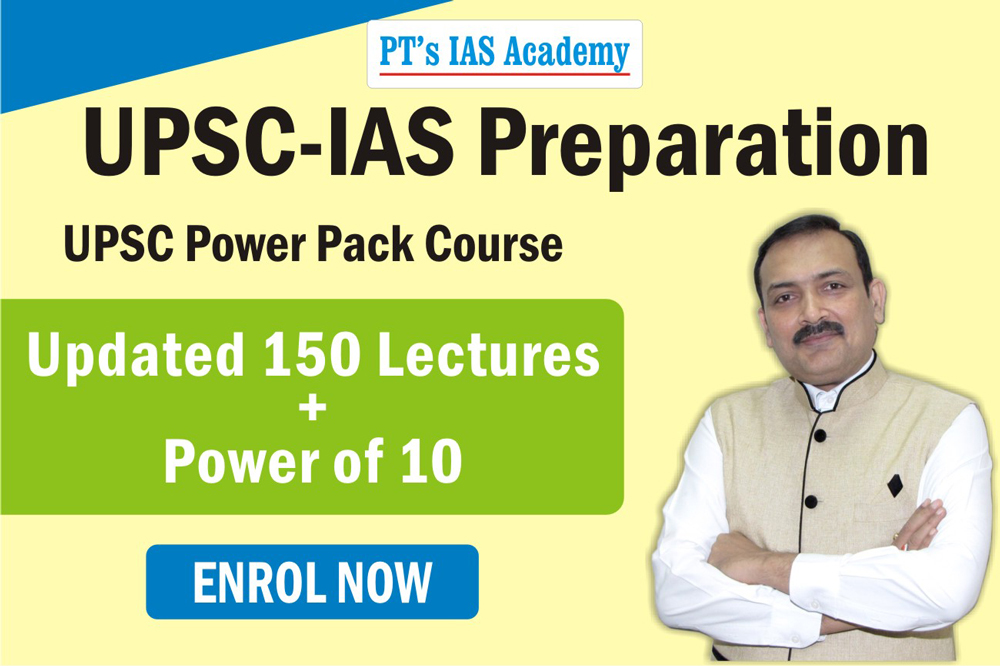The constitution of India has a basic structure, that no government or Parliament can overrule.
What is the "Basic Structure of Constitution"
- The story: The founder-fathers of modern republic of India gave it the sacred document - the Indian Constitution. They deliberated for years on its essential components, and then came the wonderful document that put "citizens first", as seen in the fundamental rights concept.
- Evolution: Over the years, the judiciary kept interpreting it as per the emerging challenges. Some landmark cases motivated the judges to finally define a set of elements in the constitutional framework that would be inviolable under all circumstances. The collection of such elements is what makes up the basic structure of the Indian constitution. No government, or the Parliament, can alter those elements. The concept of ‘basic structure’ came into existence in the landmark judgment in "Kesavananda Bharati vs State of Kerala case" (1973).
- Historical background: Since the adoption of Indian Constitution in 1950, debates raged on the power of the Parliament to amend key provisions of the Constitution.
- In the early years, the Supreme Court conceded absolute power to Parliament in amending the Constitution, as seen in the verdicts in Shankari Prasad case (1951) and Sajjan Singh case (1965). Justice Mudholkar in the Sajjan Singh case (1965) referred to a 1963 decision of the Supreme Court of Pakistan, where Chief Justice Cornelius had held that the President of Pakistan could not alter the “fundamental features” of their Constitution.
- In both these, the court ruled that the term “law” in Article 13 must be taken to mean rules or regulations made in exercise of ordinary legislative power and not amendments to the Constitution made in exercise of constituent power under Article 368.
- This meant the Parliament had the power to amend any part of the constitution including Fundamental rights.
- The Article 13(2) reads, "The State shall not make any law which takes away or abridges the right conferred by this Part (Part-III) and any law made in contravention of this clause shall, to the extent of contravention, be void."
- But in the Golaknath case (1967), the Supreme Court held that Parliament could not amend Fundamental Rights, and this power would be only with a Constituent Assembly. The Court held that an amendment under Article 368 is "law" within the meaning of Article 13 of the Constitution and therefore, if an amendment "takes away or abridges" a Fundamental Right conferred by Part III, it is void.
- To get over the judgments of the Supreme Court in the Golaknath case (1967), RC Cooper case (1970), and Madhavrao Scindia case (1970), the then government headed by PM Indira Gandhi enacted major amendments to the Constitution (the 24th, 25th, 26th and 29th). All the four amendments brought by the government were challenged in the Kesavananda Bharati case.
- Kesavananda Bharati case details:
- A relief was sought against the Kerala government vis-à-vis two state land reform laws, that imposed restrictions on the management of religious property. It pertained to Article 26, concerning the right to manage religiously owned property without government interference.
- Basic question: Was the power of Parliament to amend the Constitution unlimited? Could the Parliament alter, amend, abrogate any part of the Constitution even to the extent of taking away all fundamental rights?
- The Constitutional Bench in Kesavananda Bharati case ruled by a 7-6 verdict that Parliament could amend any part of the Constitution so long as it did not alter or amend the basic structure or essential features of the Constitution.
- The court did not define the term ‘basic structure’, and only listed a few principles — federalism, secularism, democracy — as being its part.
- What was it: The ‘basic structure’ doctrine has since been interpreted to include - the supremacy of the Constitution, rule of law, Independence of the judiciary, doctrine of separation of powers, sovereign democratic republic, the parliamentary system of government, the principle of free and fair elections, welfare state, and so on.
- The Preamble: After the judgment in the Kesavanand Bharati case, it was accepted that the preamble is part of the Constitution. As a part of the Constitution, preamble can be amended under Article 368 but the basic structure of the preamble can not be amended.
- Minerva Mills case (1980): This strengthened the Basic Structure doctrine. The judgement struck down two changes made to the Constitution by the 42nd Amendment Act 1976, declaring them to be violative of the basic structure. It clarified that the Constitution, and not the Parliament was supreme. The Court added two features to the list of basic structure features, viz., judicial review and balance between Fundamental Rights and Directive Principles of State Policy. The judges ruled that a limited amending power itself is a basic feature of the Constitution.
- S.R. Bommai case (1994): The basic structure doctrine was applied in the SR Bommai case (1994). In this case, there was no question of constitutional amendment but even so, the concept of basic doctrine was applied. The SC held that policies of a state government directed against an element of the basic structure of the Constitution would be a valid ground for the exercise of the central power under Article 356.
- S.R. Bommai was the Chief Minister of the Janata Dal government in Karnataka between August 13, 1988 and April 21, 1989. His government was dismissed on April 21, 1989 under Article 356 of the Constitution and President’s Rule was imposed, in a typically political way. The dismissal was on grounds that the Bommai government had lost majority following large-scale defections engineered by several party leaders of the day. Then Governor P. Venkatasubbaiah refused to give Bommai an opportunity to test his majority in the Assembly despite the latter presenting him with a copy of the resolution passed by the Janata Dal Legislature Party.
- Bommai went to court against the Governor’s decision to recommend President’s Rule. First he moved the Karnataka High Court, which dismissed his writ petition. Then he moved the Supreme Court. The case took five years and on March 11, 1994, a nine-judge Constitution Bench of the Supreme Court issued the historic order, which put an end to the arbitrary dismissal of State governments under Article 356 by spelling out restrictions.
- The verdict said that the power of the President to dismiss a State government is not absolute. The verdict said the President should exercise the power only after his proclamation (imposing his/her rule) is approved by both Houses of Parliament. Till then the President can only suspend the Legislative Assembly by suspending the provisions of Constitution relating to the Legislative Assembly.
- In one of the first instances of the impact of the case, the A.B. Vajpayee government in 1999 was forced reinstate a government it dismissed. The Rabri Devi government, which was sacked on February 12, 1999 was reinstated on March 8, 1999 when it became clear that the Central government would suffer a defeat in the Rajya Sabha over the issue.
- Arguments: Critics call this undemocratic, since unelected judges can strike down a constitutional amendment. Supporters call it a safety valve against majoritarianism and authoritarianism.
- EXAM QUESTIONS: (1) Explain how the basic structure doctrine has helped the Supreme Court guard the functioning of the Constitution, in India. (2) What will happen if the basic structure doctrine is overruled, one day? (3) How does the basic structure doctrine keep majoritarianism in check? Explain.
- [message]
- Elements of Basic Structure of Constitution (as per Kesavananda Verdict)
- 1. Supremacy of the Constitution
2. Republican and democratic form of government
3. Secular character of the Constitution
4. Separation of powers between the legislature, executive and the judiciary
5. Federal character of the Constitution
6. Mandate to build a welfare state contained in the Directive Principles of State Policy
7. Unity and integrity of the nation
8. Sovereignty of India
9. Democratic character of the polity
10. Unity of the country
11. Essential features of the individual freedoms secured to the citizens
12. Mandate to build a welfare state
13. Sovereign democratic republic
14. Parliamentary democracy
15. Three organs of the State
#Basicstructuredoctrine #IndianConstitution #SupremeCourt
Full Constitution of India - Hindi - Read and download
Full Constitution of India - English - Read and download
* Content sourced from free internet sources (publications, PIB site, international sites, etc.). Take your own subscriptions. Copyrights acknowledged.




















COMMENTS